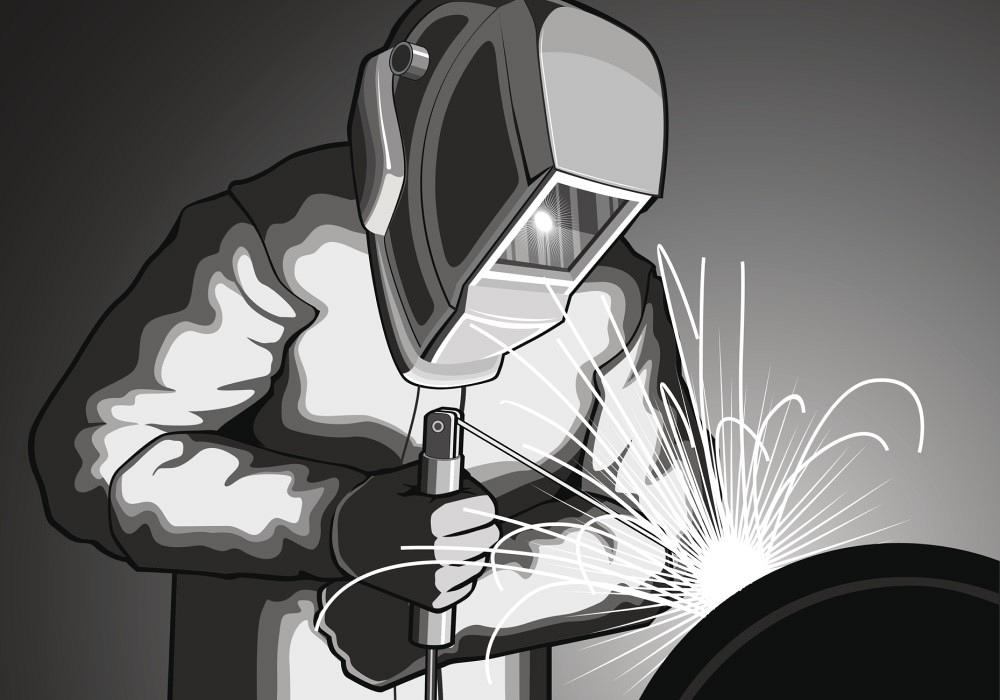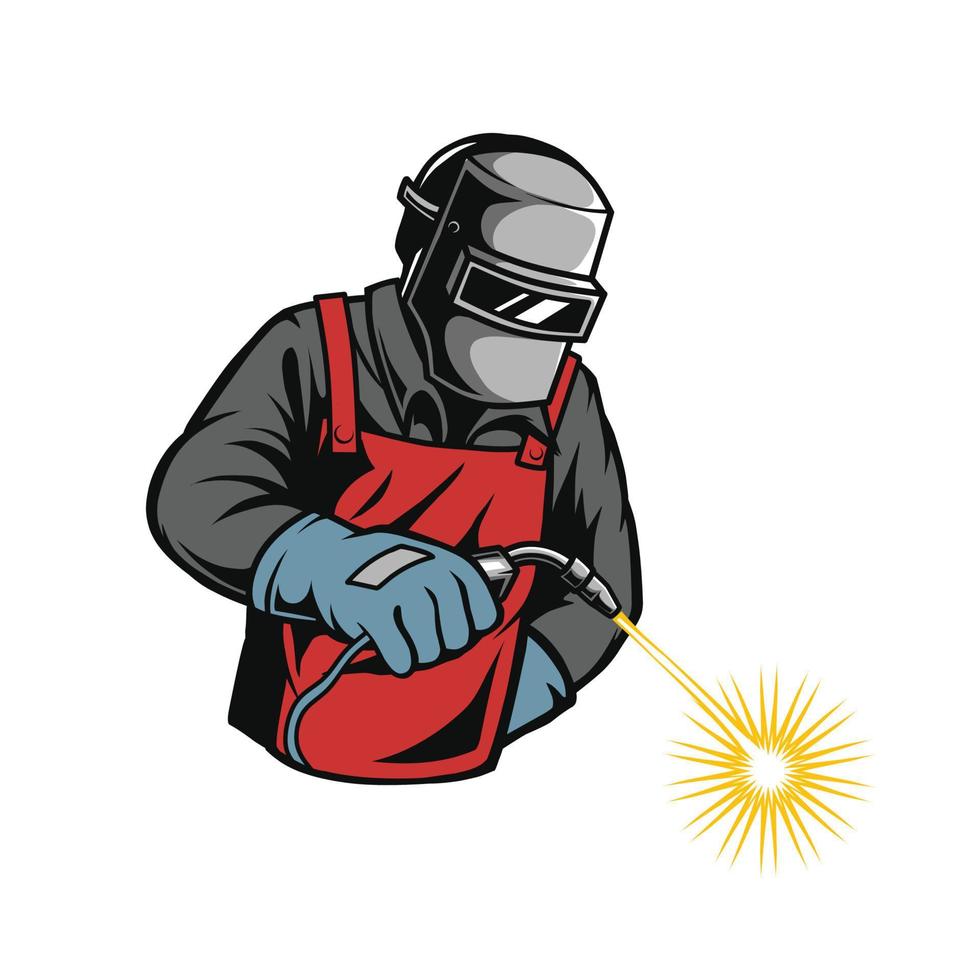Advanced Welding WPS: Customizing Specifications for Complicated Tasks
Advanced Welding WPS: Customizing Specifications for Complicated Tasks
Blog Article
The Ultimate Overview to Welding WPS Procedures: A Thorough Overview for Welders
In the complex globe of welding, Welding Treatment Requirements (WPS) work as the backbone of making sure quality, uniformity, and safety and security in welding procedures. Recognizing the subtleties of developing, carrying out, and monitoring WPS procedures is vital for welders aiming to raise their craft and satisfy industry standards. As we dive into the numerous components of a WPS and discover the details of certification and certification, we will certainly reveal the important function these treatments play in the world of welding. Let's start a journey to unwind the intricacies and relevance of WPS procedures in welding techniques.
Importance of WPS Procedures
Understanding the importance of Welding Procedure Specifications (WPS) procedures is critical for guaranteeing the quality and integrity of welded structures. WPS treatments function as a roadmap for welders, describing the essential actions, specifications, and materials called for to achieve an audio weld. By sticking to WPS standards, welders can guarantee consistency in their work, resulting in structurally sound and trustworthy welds.
One of the key reasons why WPS treatments are vital is their role in preserving weld quality and integrity. Following the specified welding parameters and techniques described in the WPS assists protect against defects such as porosity, breaking, or insufficient fusion, which can jeopardize the toughness and resilience of the weld.

Parts of a WPS
A Welding Treatment Spec (WPS) usually consists of essential elements that detail the details demands for carrying out a weld, ensuring uniformity and high quality in the welding process. The crucial parts of a WPS include vital variables such as base metals, filler metals, preheat and interpass temperatures, welding procedures, shielding gases, welding placements, and post-weld warmth treatment needs.
Base steels refer to the products being signed up with, while filler steels are used to load the void in between the base steels during welding. Preheat and interpass temperatures are vital for controlling the heat input and avoiding concerns like splitting or distortion. The welding procedure describes the certain method to be made use of, whether it's gas steel arc welding (GMAW), protected metal arc welding (SMAW), or one more approach. Shielding gases secure the weld pool from atmospheric contamination. Welding placements define the orientations in which welding can be performed. Post-weld heat treatment may be required to eliminate tensions and enhance the weld's homes. An extensive understanding of these elements is critical for producing a thorough and efficient WPS.

Qualification and Accreditation
Having developed the essential parts of a Welding Treatment Requirements (WPS), the focus currently changes in the direction of the essential aspects of credentials and certification in welding methods.

Qualification, on the other hand, is the formal recognition of a welder's qualifications by an appropriate accreditation body or company. Welding qualifications are normally based on the details welding processes, materials, and settings a welder is certified to deal with. Holding a valid welding qualification shows that a welder meets industry criteria and is competent to perform welding tasks to the required requirements.
Producing a WPS
To establish a Welding Procedure Specification (WPS) that satisfies sector requirements, cautious consideration of welding procedures, products, and operational parameters is essential (welding WPS). The very first action in creating a WPS is to identify the welding procedure to be utilized, such as gas steel arc welding (GMAW) or protected steel arc welding (SMAW) Once the welding procedure is determined, the next vital aspect is selecting the suitable products, thinking about factors like base metal type, density, and joint design. Functional criteria such as welding existing, voltage, travel rate, and protecting gas make-up should also be carefully defined in the WPS.

Carrying Out and Monitoring WPS
Upon finalizing the extensive Welding Treatment Requirements (WPS) that meticulously information welding you could look here processes, materials, functional specifications, and top quality guarantee procedures, the emphasis moves to efficiently implementing and monitoring the recognized treatments. Execution involves making certain that all welders entailed in the project are acquainted with the WPS and follow it carefully during the welding process. Effective execution and monitoring of the WPS are important for making certain the integrity, strength, and security of the welded joints, ultimately adding to the total success of the welding job.
Final Thought
Finally, understanding and following Welding Treatment Specs (WPS) is important for welders to make sure quality, consistency, and security in their work. By recognizing the parts of a WPS, obtaining appropriate credentials and accreditations, developing comprehensive treatments, and useful source executing and checking them properly, welders can enhance their skills and proficiency in welding practices. Complying with WPS procedures is necessary for creating premium welds and conference sector criteria.
In the detailed globe of welding, Welding Treatment Specifications (WPS) offer as the foundation of ensuring high quality, consistency, and safety in welding operations. The welding process outlines the details strategy to be made use of, whether it's gas steel arc welding (GMAW), shielded steel arc welding (SMAW), or an additional method.To establish a Welding Treatment Spec (WPS) that fulfills market requirements, cautious consideration of welding procedures, materials, and operational criteria is vital. The initial action in creating a WPS is to identify the welding process to be used, such as gas metal arc welding (GMAW) or shielded steel arc welding (SMAW)Upon finalizing the thorough Welding Procedure Spec (WPS) that thoroughly information welding procedures, materials, functional parameters, and quality guarantee actions, the focus shifts to efficiently carrying out and monitoring the established treatments.
Report this page